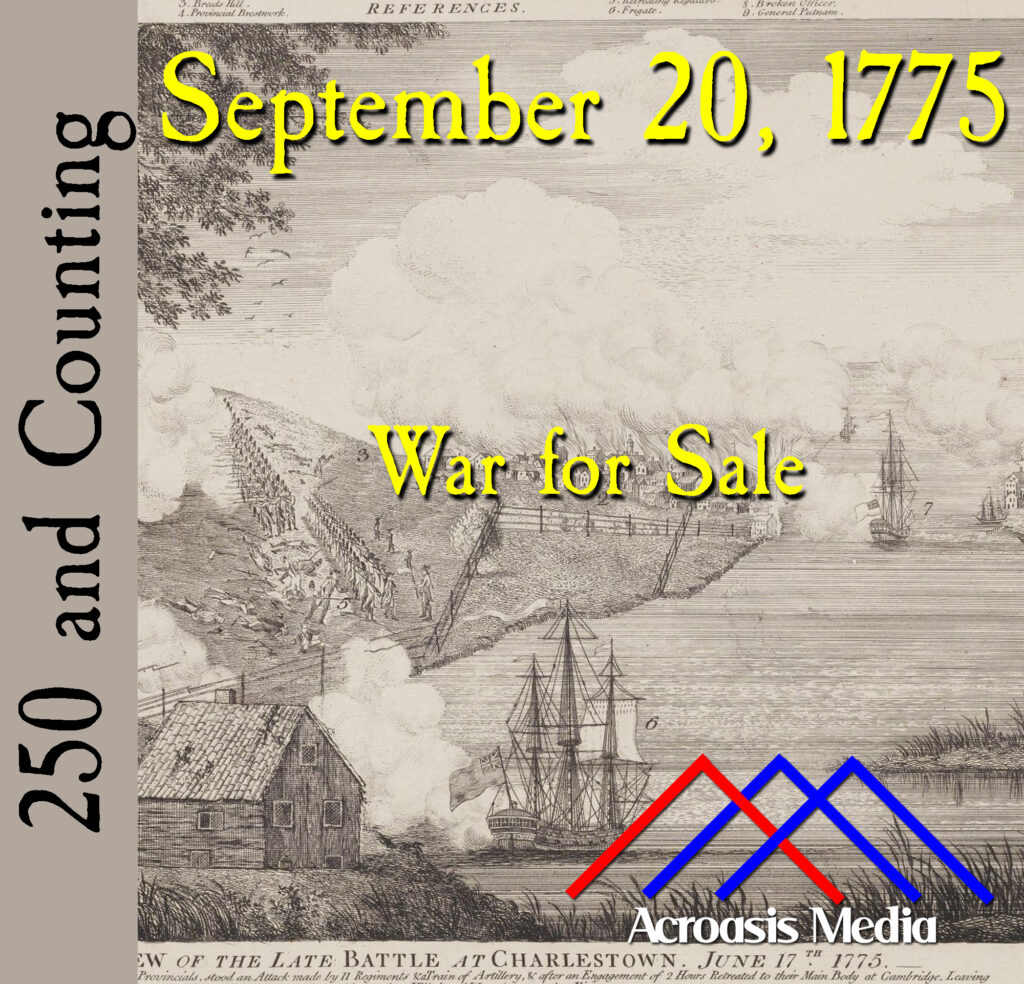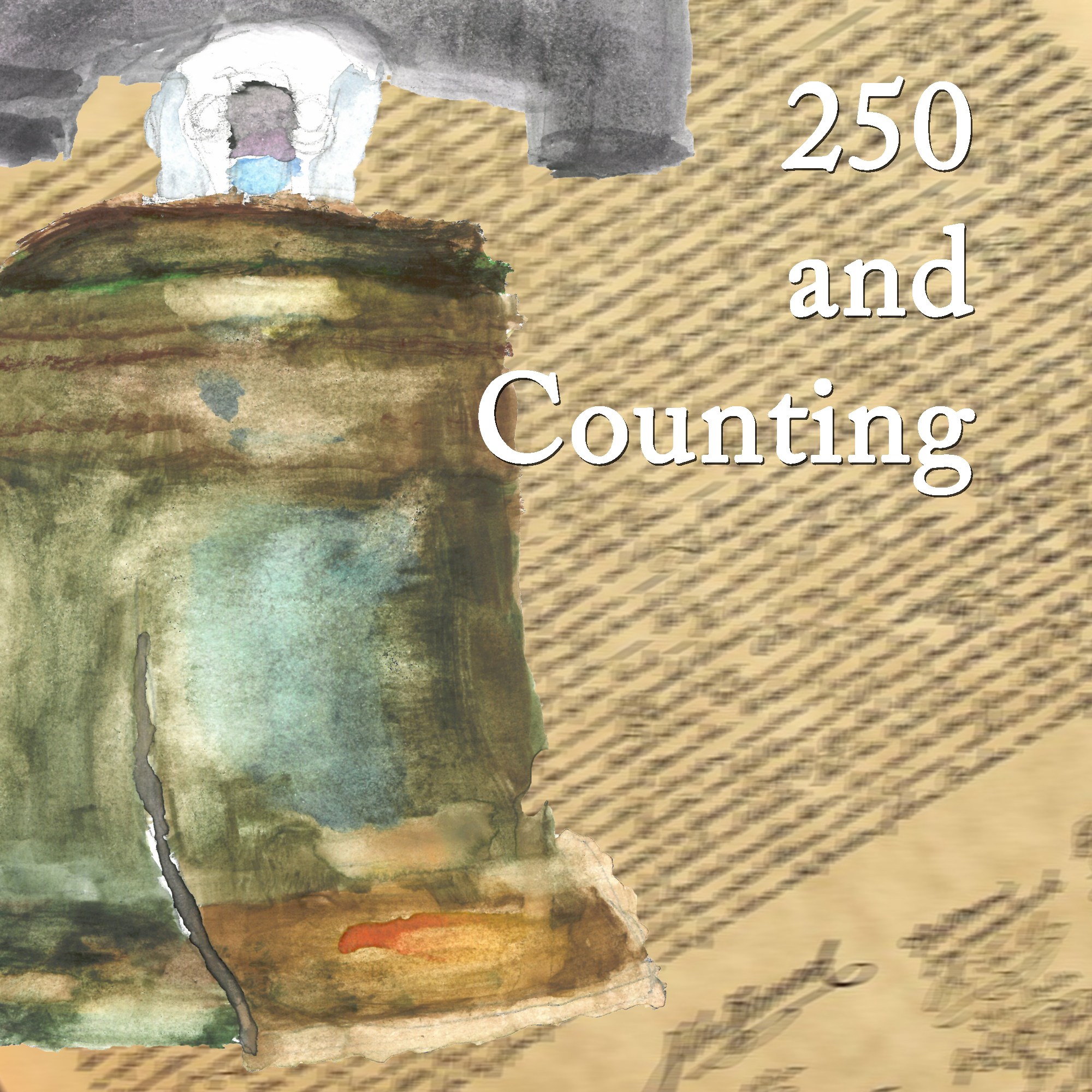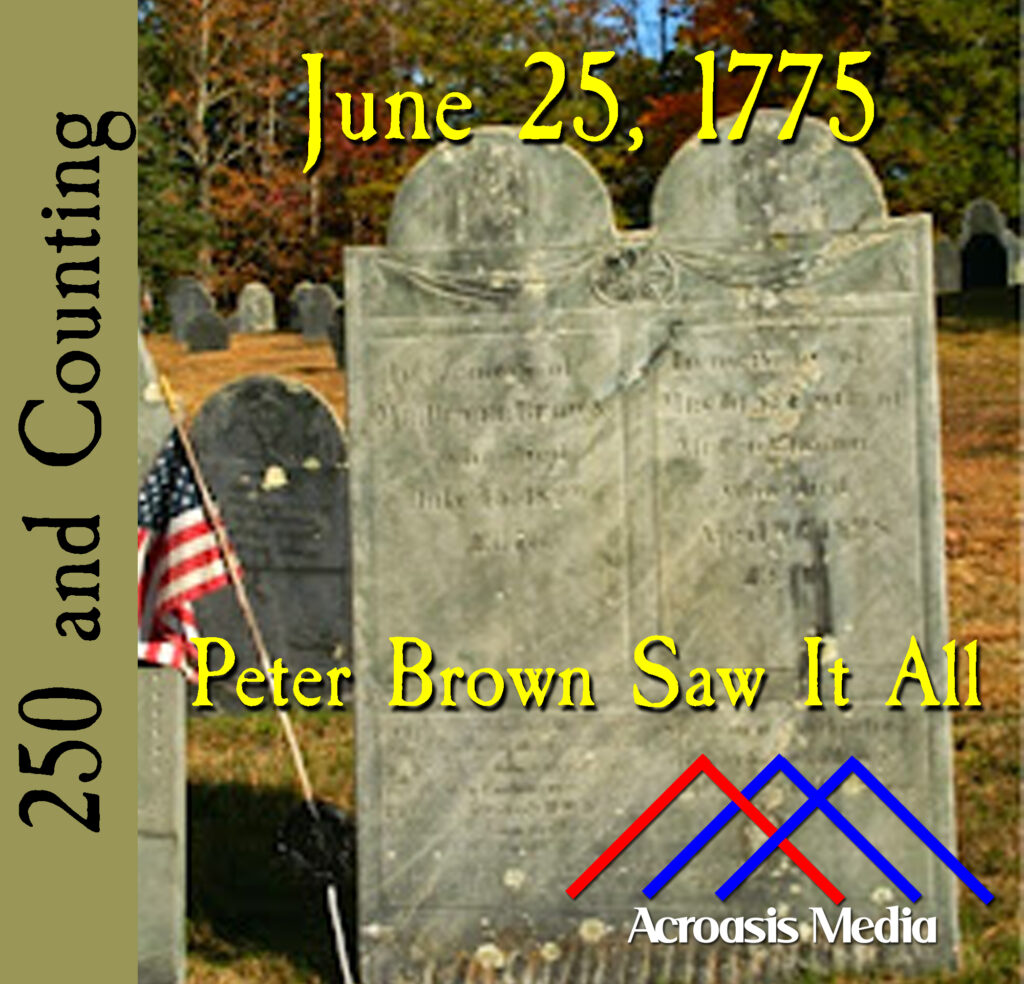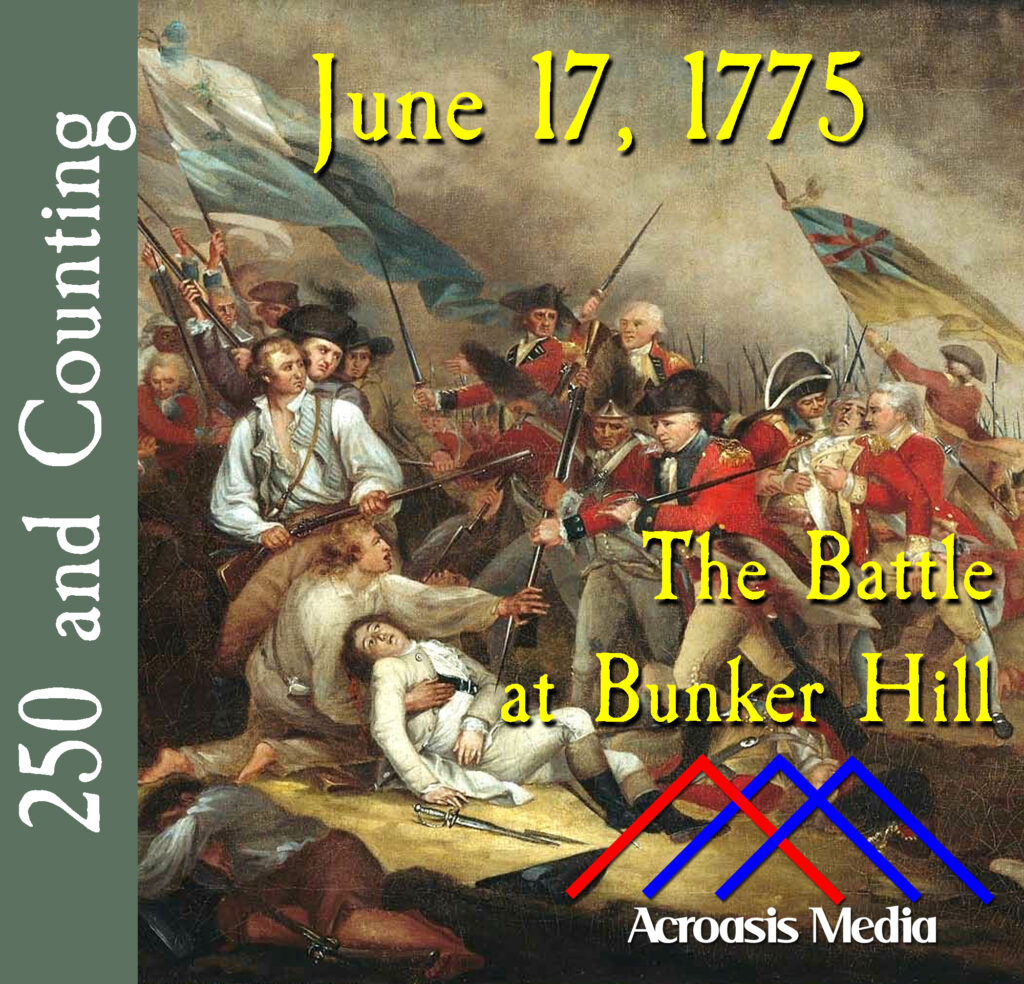
Calling Bernard Romans a “Renaissance Man” wouldn’t be far from the truth, given his various talents and the fact that folks from that era were much more like people from the Renaissance than they are from modern times.
Romans was a surveyor, a naturalist, an artist and an author. He was also an entrepreneur, which is what put him on our radar for today. And he was a ship’s captain, which meant that he had a front-row seat to the War for Independence.
It was his “An Exact View of the Late Battle at Charlestown, June 17th, 1775,” which he sold through a classified ad in a Philadelphia newspaper, that gave him great commercial success. Although many were sold then, few copies exist today and they’re worth nearly $70,000 in good shape.
Podcast: Play in new window | Download | Embed


